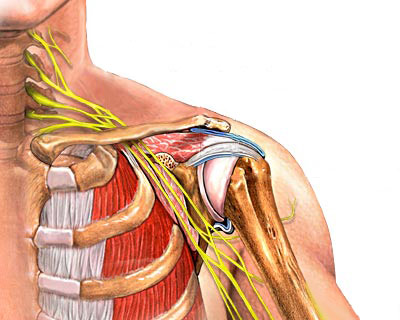HOW TO TEST YOURSELF TO FIND OUT IF YOU HAVE CARPAL TUNNEL SYNDROME
What is Carpal Tunnel Syndrome and do I have it?
Carpal tunnel syndrome is caused by compression of the median nerve at the wrist. Classic symptoms include numbness and tingling in the thumb, index and middle fingers; possible weakness of the hand, a feeling of ‘clumsiness’ handling small objects like buttons, changes in hand writing and wrist pain. Symptoms are often worse during the night and after repetitive activities like typing, gripping and using tools. It is caused by compression of the median nerve, as it travels through the carpal tunnel at the wrist.
There are in fact four possible areas that could cause compression of the median nerve as it travels from the neck to the fingers; these are the wrist, the forearm, the shoulder and the neck. Compression in any of these areas can result in similar symptoms of numbness and tingling in the hand and fingers. The following simple tests may help you to distinguish between them:
The Wrist Test: Is the problem at the wrist?
Extend your wrist as far as it will go and hold that position for 30 seconds. Did you experience an increase in symptoms?
Now flex your wrist as far as it will go and hold for 30 seconds. Did you experience an increase in your symptoms?
Lastly, using your opposite thumb and with moderate pressure, press down on the middle of your wrist (on the palm side) for 30 seconds.
Did you feel pain, numbness, tingling and/or electrical sensations? If you did, then this is a positive test and is very suggestive that your symptoms arise from nerve compression at the wrist, caused by Carpal Tunnel Syndrome.
The Forearm Test: is the problem at the forearm?
The pronator teres is a small muscle located on the inside of your forearm, and the median nerve runs underneath this muscle. If the muscle is tight, it can compress on the nerve and result in swelling.
The pronator teres can be located by bending your elbow half way and measuring 2-inches down. This muscle runs diagonally across the forearm. Press down on this point with your opposite thumb using moderate pressure. The muscle should not be painful, tight and should not cause you any symptoms if it is normal. If you get symptoms with this test then it is positive.
Numbness caused by this condition is called Pronator Syndrome and is common in people with occupations that require repetitive use of a hammer or screwdriver.
The Shoulder Test: Is the problem at your shoulder?
Raise your arm above your head for 30-60 seconds. Did this produce the numbness and/or tingling in your hand? If so, then this is a positive test.
The Neck Test: Is the problem at the level of your neck?
Extend your neck back gently and rotate your head to the side of your carpal tunnel symptoms. Gently apply a mild pressure downward on your head using your opposite hand. If you feel increased symptoms in your arm or hand then this is a positive test.
Numbness can be caused by compression of the nerve at the neck in a condition called Cervical Spondylosis. This is an ageing related bone and cartilage degeneration that results in formation of bone spurs, which puts excess pressure on the nerve roots as they exit the spine.
I have done the tests above and I think I have Carpal Tunnel Syndrome. What should I do next?
The nerve that comes from the neck travels down through the shoulder and forearm then into the wrist; and can be compressed anywhere along its length. Although rare, it is also possible that multiple areas may be involved, beyond simple Carpal Tunnel Syndrome.
If you have persistent symptoms or progressively worsening symptoms; or if your symptoms are severe (e.g. numbness that lasts throughout the day, clumsiness and dropping things, inability to do your buttons, or finger weakness), you should seek medical assessment and advice. Early treatment will be more effective and prevent permanent nerve damage.
For simple exercises and stretches that you can do to prevent Carpal Tunnel Syndrome, read our other blog post.
For more information about Carpal Tunnel Syndrome and its treatments, read our website.
Dr. Jonathan Y. Lee, a leading Singapore Hand Surgery and Orthopedic Upper Limb Specialist, recommends the following simple tests you can do to determine if you have Carpal Tunnel Syndrome.




















